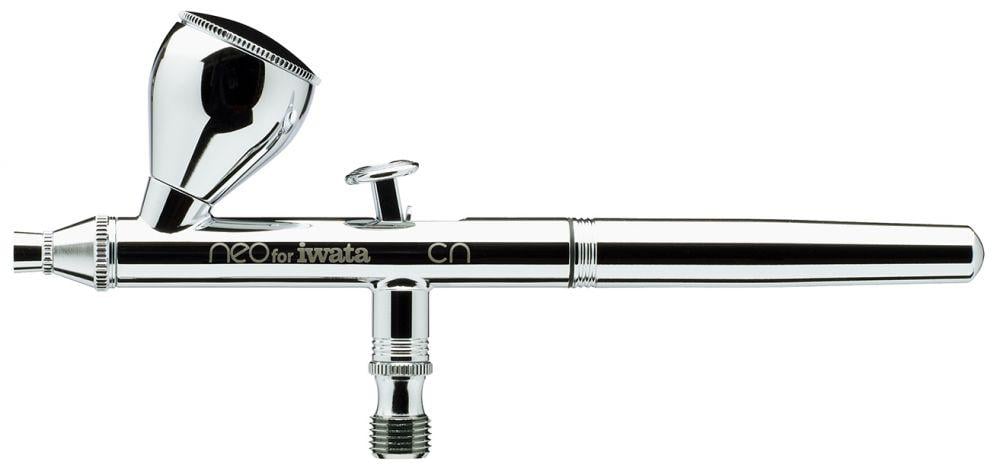
Buying Your First Airbrush – Need To Know Basics
Skill Level: Beginner
Airbrushing is a joyful labour of love, a magic wand full of creative spells to cast upon your projects. To others, it’s a discouraging problem area, intimidating at best. Others feel it is something out of their league. In this article, we will take a deep dive into what you want to know before purchasing your first airbrush.
Airbrush users typically fall into four usage categories: 1) occasional; 2) regular; 3) advanced; and 4) master. Most modellers fall into the first three categories. Occasional and regular airbrush user requirements usually pertain to applying, zenithal shading, preshading, black basing, base coats, and camouflage patterns. Advanced and Master airbrushers with progressive skill sets employ blends, gradients, post shading and intricate, complex camouflage patterns.
A double-action airbrush is an absolute necessity to accomplish any of the following examples.
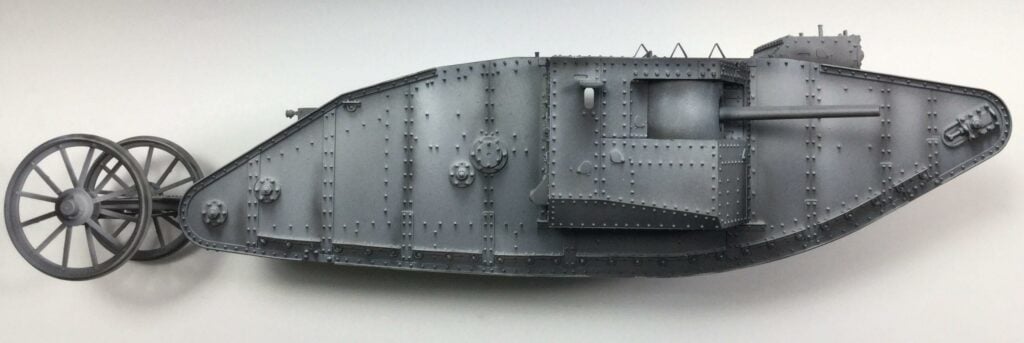
There are several excellent airbrush brands to choose from. For this discussion, we will examine the IWATA Brand of starter/basic to Professional entry-level double-action airbrushes. For comparison, we will look at a single-action airbrush by Passche like the ones used by Industrial Light and Magic for movie practical effects such as those seen in Star Wars, Indiana Jones etc.
Whatever your airbrushing demands, having a solid base to work from will yield years of enjoyment.
YouTube abounds with excellent examples of how-not-to-airbrush by YouTubers who think they know how to airbrush. Do yourself a favour and learn proper double-action proficiency to break the chains of rattle can airbrush spray methods. Practice finger control to develop muscle memory.
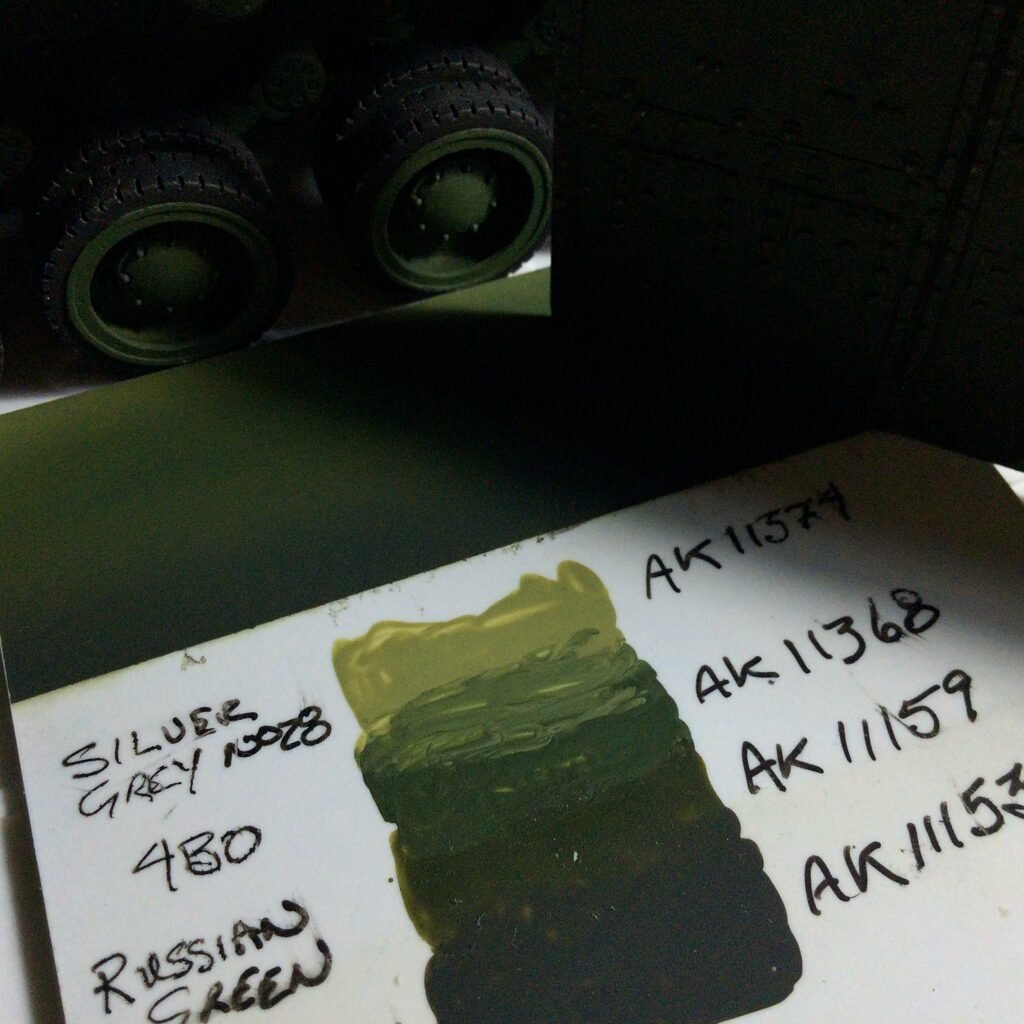
Eight Major Airbrush Rules to Remember
- Always add thinner first before adding paint if mixing in the paint cup.
- Mix your paint in a separate container or use the back-bubble process.
- Stirring paint in the paint cup with a brush will invariably lead to broken bristles clogging the nozzle.
- Never allow the paint to dry in your airbrush.
- Paint drying on the needle tip or coming off the paint cup wall will interfere with the nozzle spray pattern or create a blockage stopping paint flow altogether.
- To prevent paint splatters when resuming airbrush flow, always remember: paint off, then air off.
- Whatever brand of paint you are using, use the manufacturer’s dedicated thinner and airbrush cleaner. Avoid home-brewed DIY mixes.
- Paint is chemistry. Paint, thinner and airbrush cleaner is formulated by dedicated chemists.
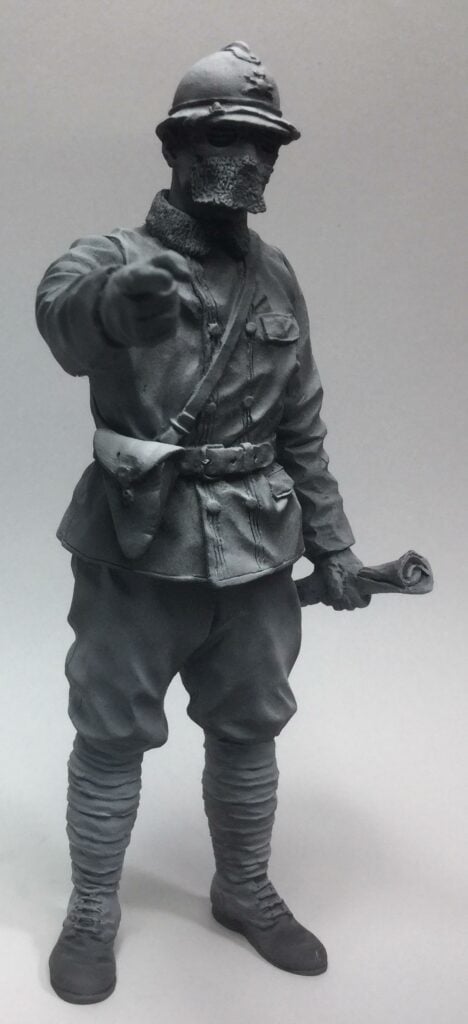
The number one issue when using an airbrush is not the airbrush itself, rather complications created by paint, thinner, and airbrush cleaner fluid incompatibilities. It’s important to understand the products you are using.
The number two reason is managing expectations. An inexpensive knockoff airbrush speaks with the voice of false economy, may not perform, last or have part availability compared to a premium brand airbrush.
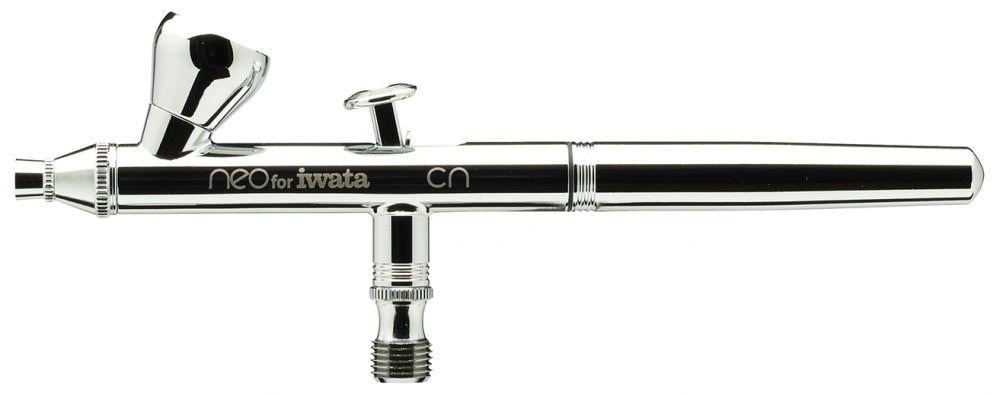
What is a good airbrush for beginners?
The Basics of Airbrushing – What to Purchase
The Airbrush
Whether you are planning to be a causal user or have the inspiration to learn how to master the airbrush, you will want to have an airbrush to meet your current needs and those in the future.
The following are three excellent starter airbrushes at different price points. Each has different performance applications. For general airbrushing, all three are outstanding. When demanding performance is required, then the Eclipse is the entry point into the world of professional airbrushes.
Airbrush specifications cover paint cup sizes and types, needle sizes, spray patterns and working pressures.
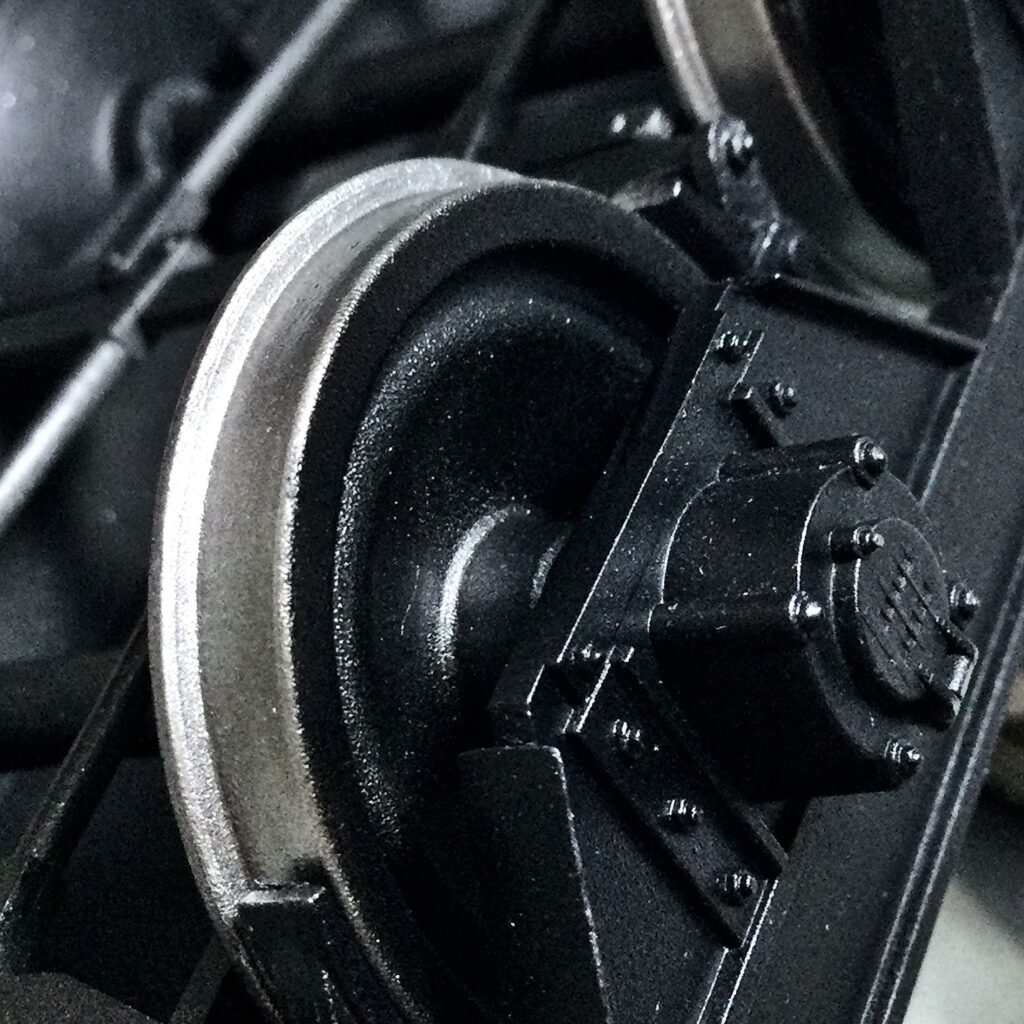
Paint precision can be dialled in for pinpoint accuracy.
Airbrush Real-World Applications
All airbrushes are splendid at applying paint to your model. For scale modelling, all paints in use are sufficiently thinned (reduced in viscosity) for ease of application and coverage.
Where the rubber hits the road is determined by what you want the airbrush to do and how committed you are to learn basic or advanced airbrush skill sets. The more expensive the airbrush, the more engineering there is in the design and manufacturing of the airbrush. There is a difference between an entry-level airbrush such as the Neo compared to the Eclipse. Likewise. there are reasons for $450.00 to $650.00 airbrushes.
That said, for the casual to novice airbrush user, the Neo, Revolution or Eclipse are excellent choices. Many advanced airbrush users having a multi-airbrush collection continue to use their airbrush with training wheels for general-purpose work.
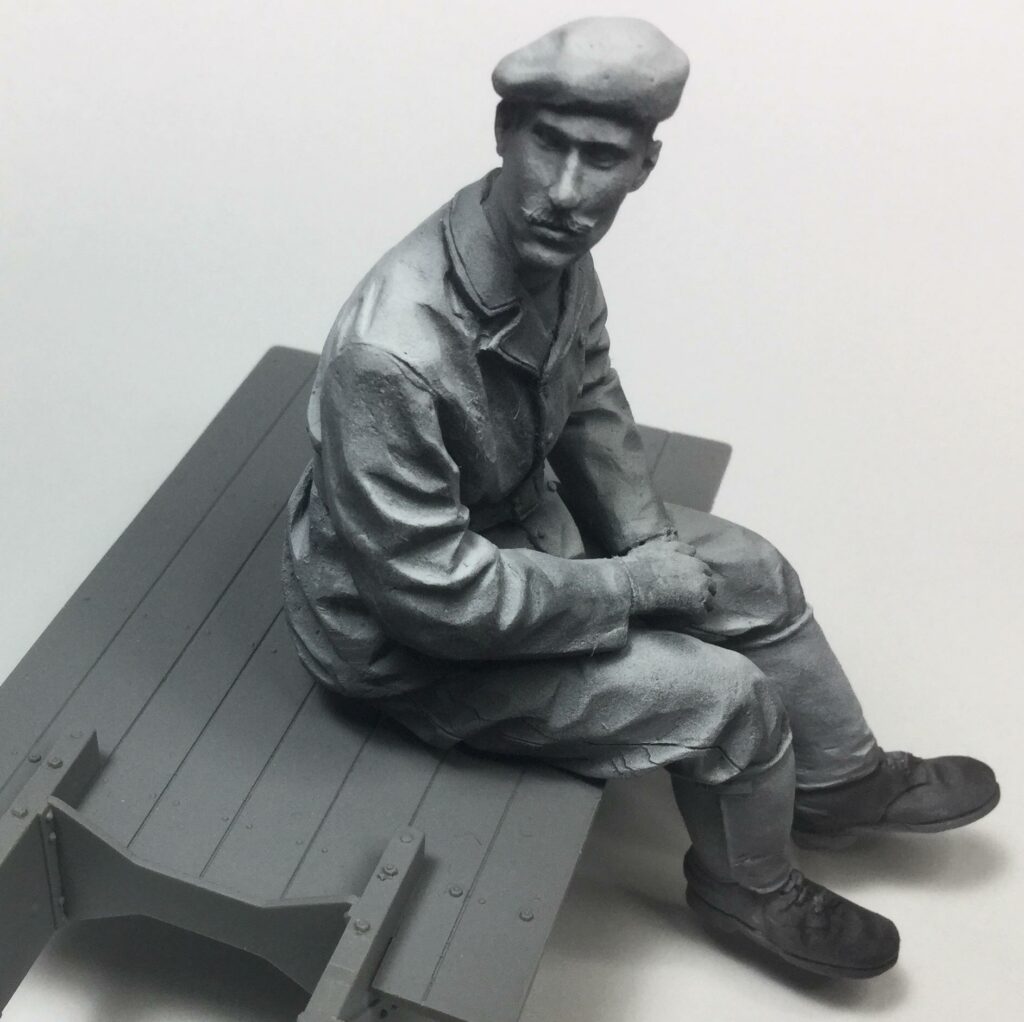
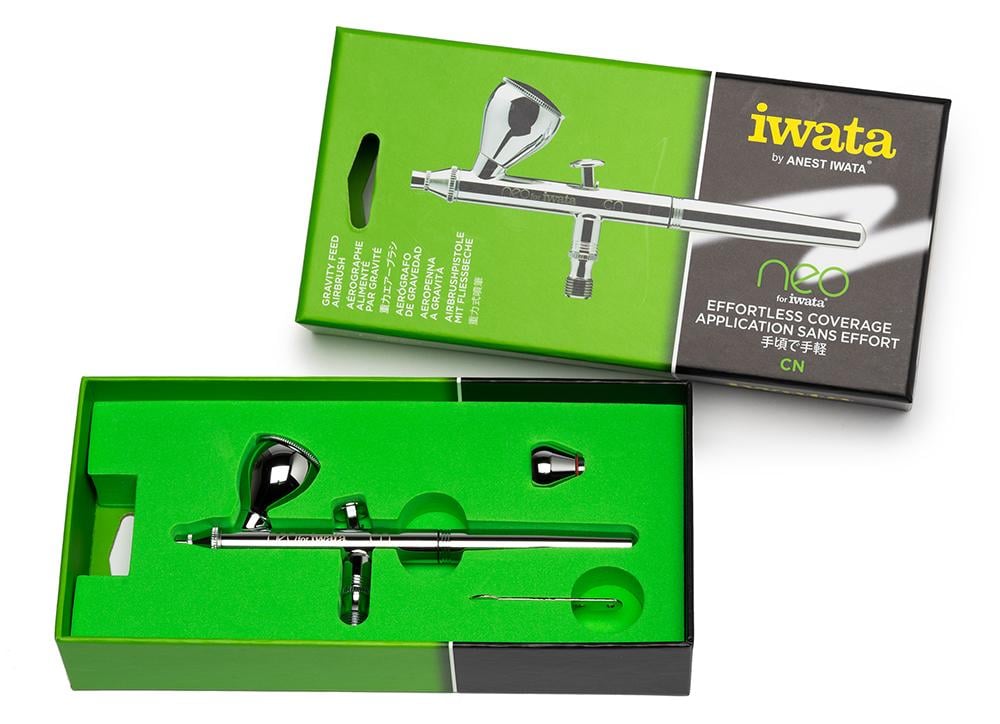
Neo CN
The Neo is a great airbrush for Zenithal painting of figures, Bandai Figures, War Gaming dioramas, and models in all scales. Having two paint cups to choose from is an excellent option for large or small paint requirements. If you want an affordable, high-quality airbrush, the Nero is an excellent choice.
- double-action trigger
- 0.35 mm needle/nozzle combination
- 1/3 oz. (9.9 ml) gravity feed cup
- 1/16 oz.(1.8 ml) gravity feed cup
- 1/32 oz. (0.9 ml) internal reservoir
- funnel-shaped removable cups allow for easy cleanup
- PTFE needle packing for use with solvent-based paints
- optimal working pressure: 08 – 20 psi (0.6 – 1.4 Bar)

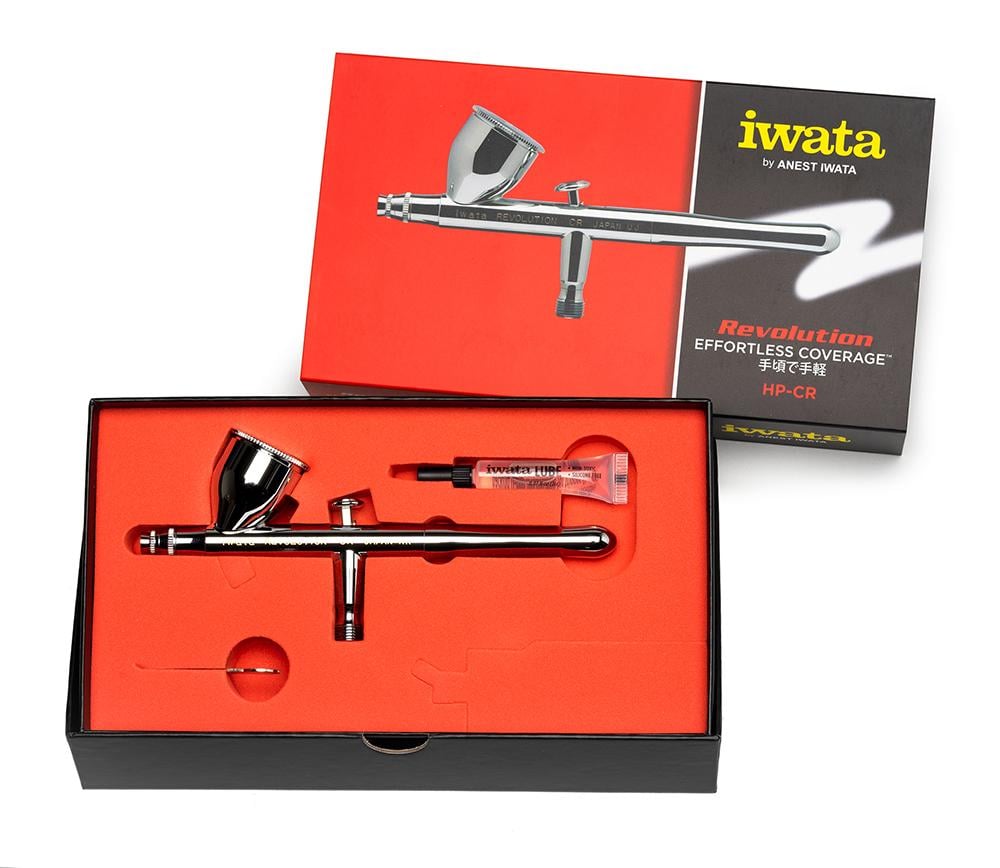
Revolution HP-CR
The Revolution is the preferred airbrush used by Weta Workshop. A film industry special effects airbrush.
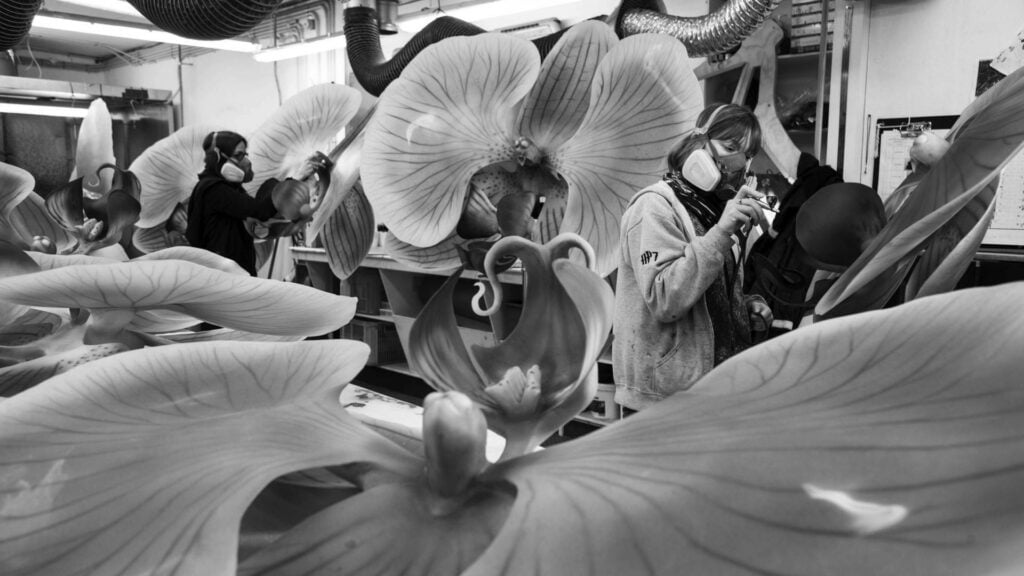
For more demanding airbrush work, the Revolution has your back. It is a favourite of Adam Savage of Tested and Mythbusters fame.
- double-action trigger
- 0.5 mm nozzle and needle combination ergonomic handle design
- fine detail to 1-1/2 inch (38 mm) spray pattern
- PTFE needle packing for use with solvent-based paints
- optimal working pressure: 20 – 30 psi (1.4 – 2.1 Bar)

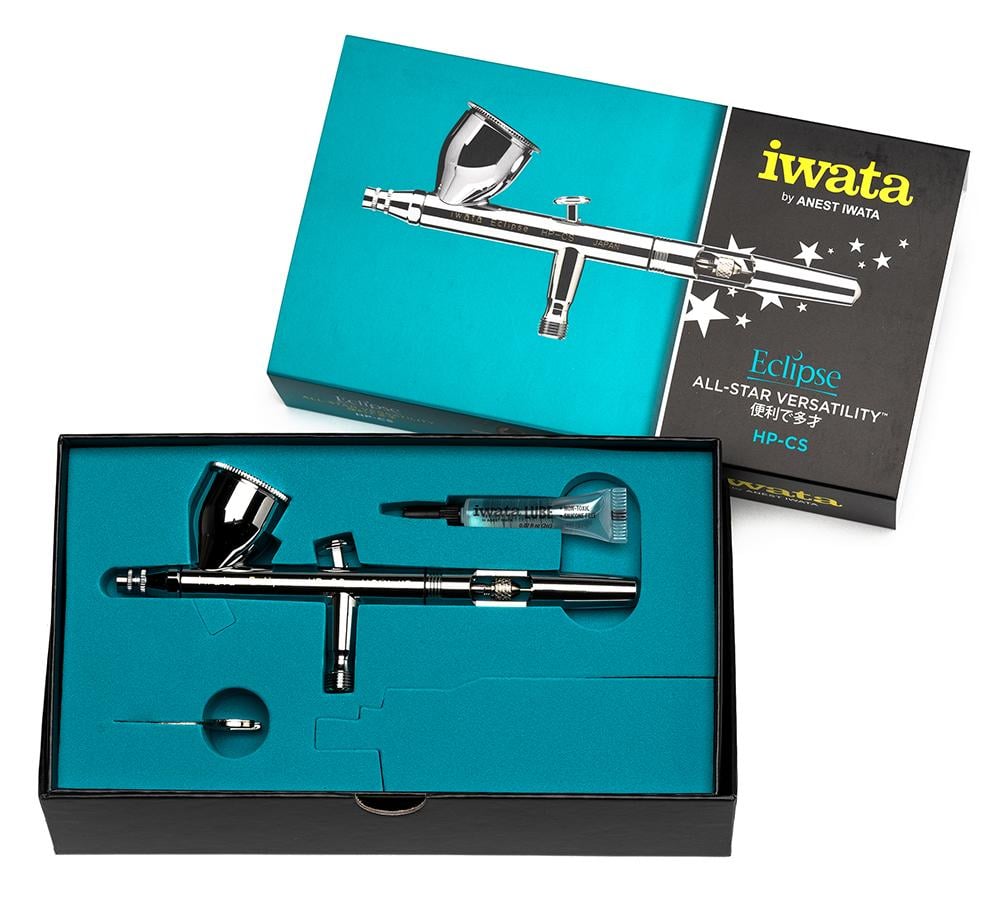
Eclipse HP-CS
The Eclipse is an entry-level professional airbrush because it atomizes a wider variety of liquids with less need for reducing or thinning. The Eclipse HP-CS also offers a broad spray range, making it possible to achieve a controlled fine line to a controlled wide spray pattern.
Iwata Eclipse Series airbrushes feature an exclusive compression-fit nozzle that is easy to clean and assemble. The quick flush cutaway handle allows easy access to the needle so that you can quickly empty the paint reservoir for cleaning. Iwata’s spring-steel needle resists breakage and our needle packings are solvent resistant for longevity.
- double-action trigger
- 0.35 mm needle/nozzle combination
- 1/3 oz (9 ml) sized cup (designed for easy clean up)
- dual-action spray pattern from hairline to 2 inches (50 mm)
- single-cut handle
- adjustable main lever tension
- drop-in, self-centring nozzle
- PTFE needle packing for use with solvent-based paints
- optional 0.50 Conversion (0.5 mm needle, 0.5 mm nozzle and 0.5 mm needle nozzle cap)
- optimal working pressure: 25 – 35 psi (1.7 – 2.4 Bar)

💡 It’s always a good idea to keep a spare needle/nozzle on hand as a backup should something unexpected happen, such as dropping the airbrush or inadvertently bending the needle.
Eclipse 0.5 mm Needle Conversion Kit
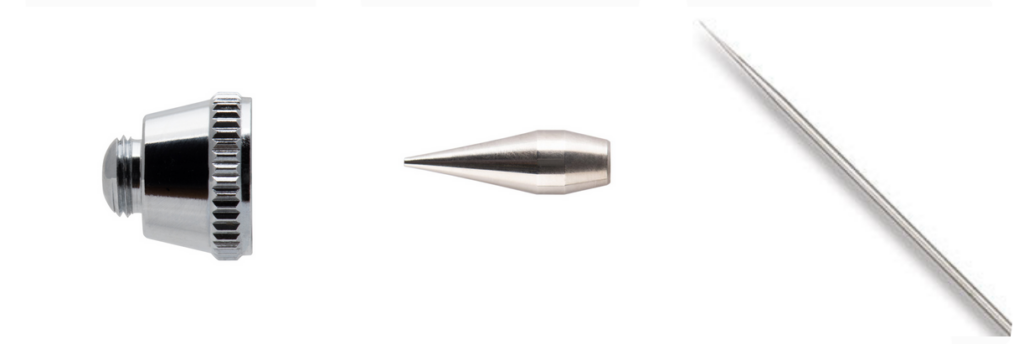
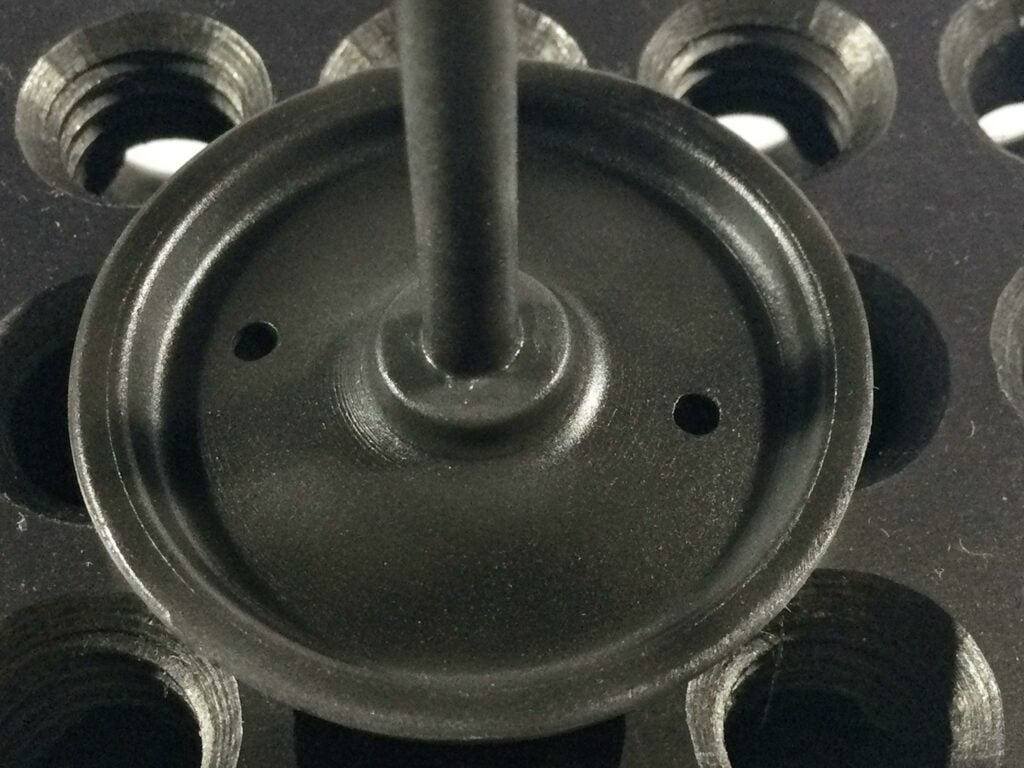
Painted using Mr.Color Super Metallic 2 Super Iron 2.
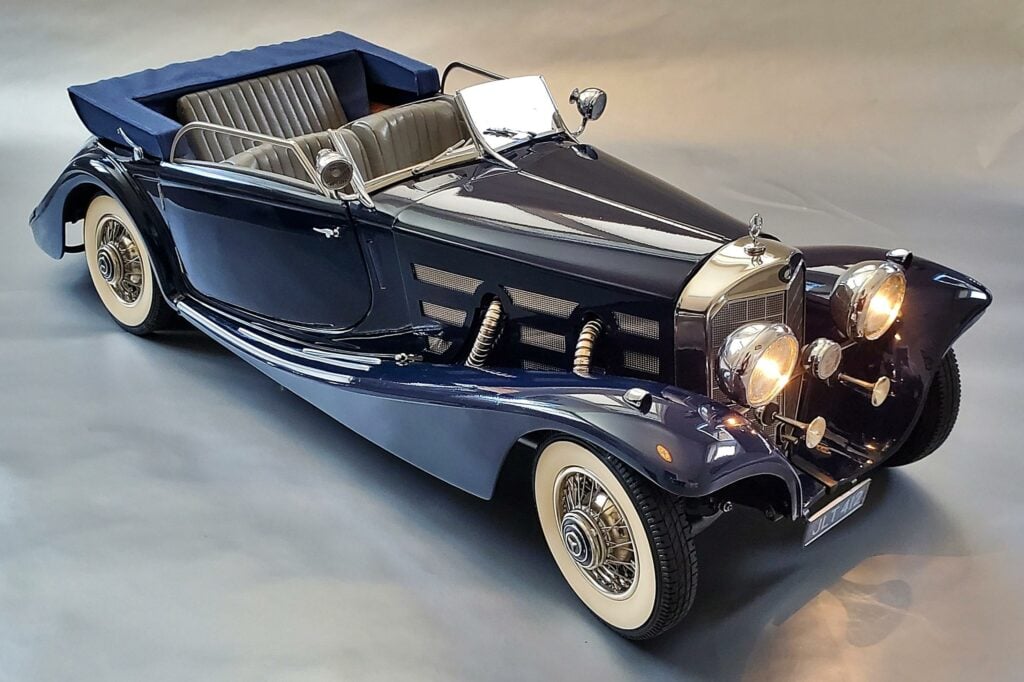
Finescale Modeler Magazine selection for publication.
Double-Action
A double-action airbrush means the trigger has a dual purpose. Pressing down on the trigger starts the airflow. While the trigger is depressed for airflow, pulling back on the trigger starts the paint flow. The paint is then atomized at the nozzle.
Depressing the trigger regulates the amount of airflow while pulling back on the trigger releases a graduated amount of paint depending on the trigger depression and the amount of trigger pull.
Double-actioning steps: trigger down for air on; trigger back for paint; trigger forward – paint off; release trigger for air off.
The benefit of learning how to use a double-action airbrush is ultimate control of air and paint flow. Advanced users can regulate air and paint flow for pinpoint application.
💡 Users either conform to their airbrush or learn how to master it.
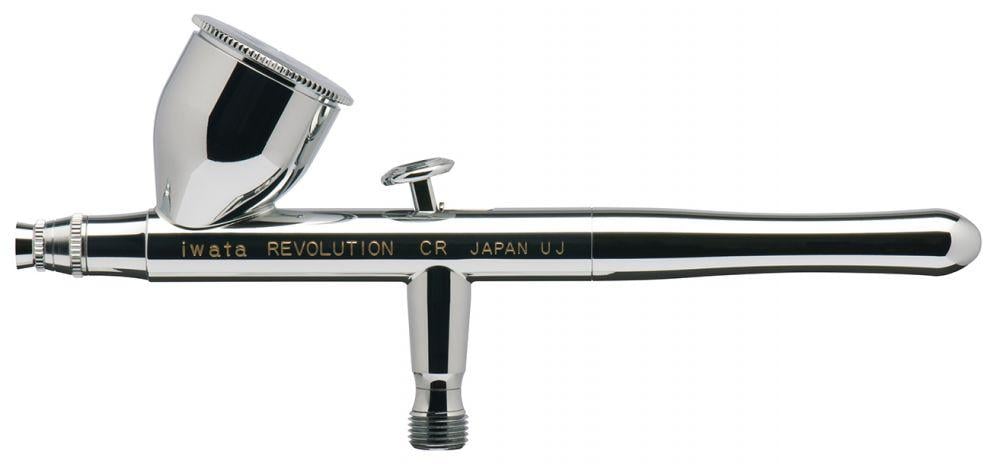
Single-Action
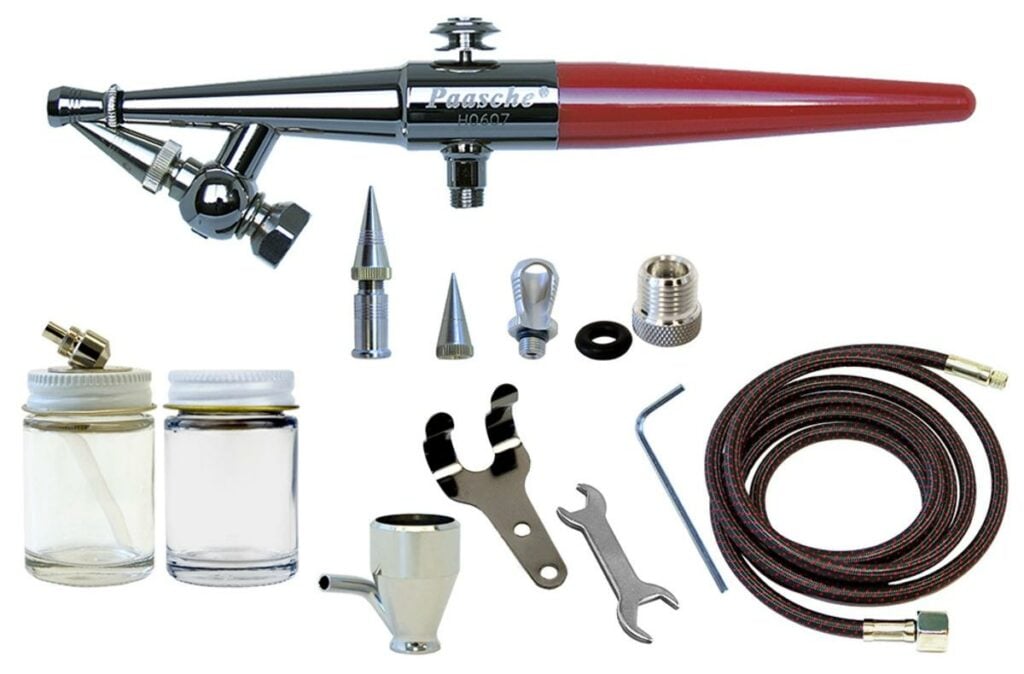
The Paasche Single-Action
For those who desire a simpler press and spray method, a Paasche Single Action airbrush is the answer. Although an old-school airbrush, some users prefer the straightforward paint flow method. It’s like using a rattle can where the propellant flow is predetermined by an airflow valve… point and shoot.
For skilled modellers, a single-action airbrush preset permits them to have a press-and-paint approach as opposed to a more complicated double-action repetitive finger movement requiring much more dexterity and finger control muscle memory.
The valve is adjusted to set the spray pattern. then the trigger is depressed for a consistent regulated preset nozzle spray swath. Whatever you do, you are working with a fixed nozzle flow. To alter the spray pattern, for a larger or smaller spray pattern, the nozzle requires a new adjustment and testing before proceeding.
A single action is simple and easy to use and requires very little practice compared to double action models. The best uses are those requiring more basic spraying like solid coats, uniform lines or stencil work.
Single-action airbrushes are suitable for 1K and 2K Clear Coats, Enamel, Lacquer, Molotow Chrome, AK Super Chrome, Alclad II Metallic and water-based acrylics.
Below we see the work by Ron Therrien published in FineScale Modeler Magazine, an accomplished, skilled modeller who prefers to use a single-action for his award-winning automotive builds.
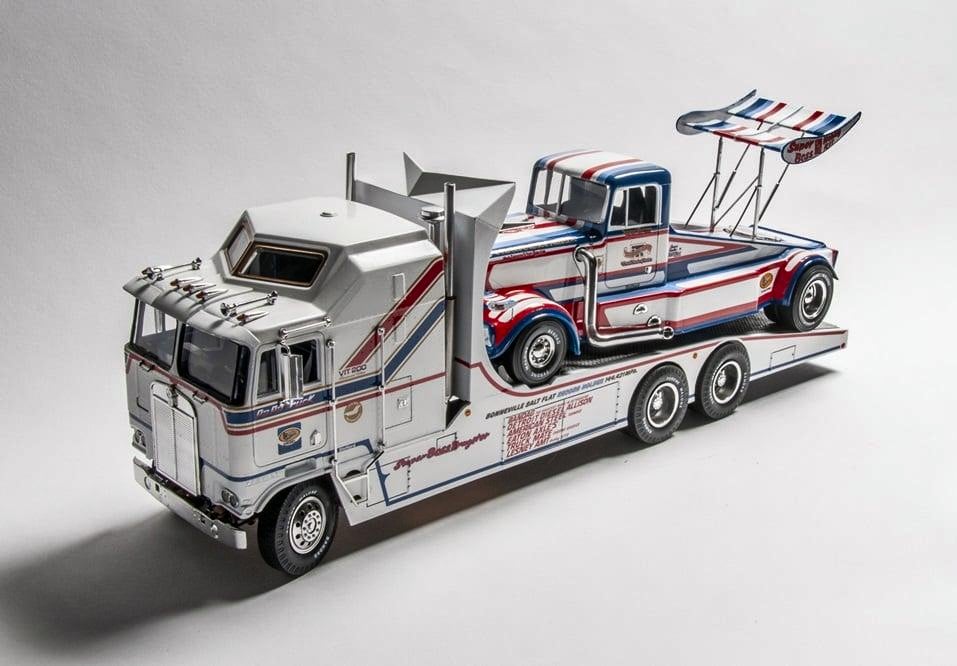
By Ron Therrien, published in FineScale Modeler Magazine.
What you need to know about airbrush assembly
⚠️ Stretched and deformed precision-milled threads will leak regardless of how much they are tightened. Damage to the threads from the previous overtightening is not reversible. Damaged parts require replacement. Use optional IWATA Medea Thread Sealer MTS101 for threaded parts.
⚠️ 🚧 When tightening threaded parts using the airbrush manufacturer’s tools, carefully, snugly tighten them. Stop when resistance is felt. Test for a leak and gradually snug tighten where necessary.
🛑 Overtightening stretches threads made of soft brass. Excessive torque will break part(s) requiring replacement or a new airbrush.
James Wooldridge is An enthusiastic scale modeller, researcher, amateur historian, and contributor to scale modelling sites, including Scalemates. He is an active and progressive Facebook Group Expert, Presenter, and Scale Modelling Club Video Host.
